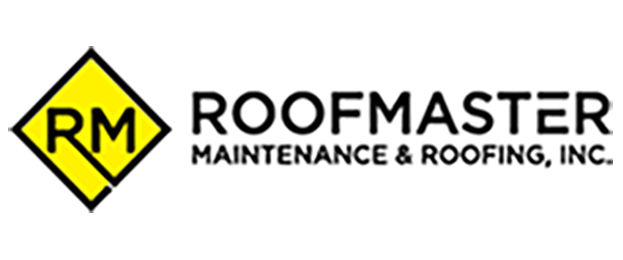Why a PVC Roof?
- Has been used in roofing & water proofing applications for more than 50 years.
- Resistant to chemicals.
- Fire retardant (self-extinguishing).
- Heat weldable.
- Energy Star rated
What is a PVC Roof System
Thermoplastic Polyvinyl chloride or PVC has been used in roofing applications for more than 50 years. Vinyl membranes have the longest track record of any thermoplastic membrane on the market. Vinyl membranes are inherently self-extinguishing, which enables them to earn fire ratings from Underwriters Laboratories and Factory Mutual and to perform very good in real-world flame exposure.
The finished PVC roof membrane can be reinforced with polyester or fiberglass scrim, pigments, weathering packages, UV inhibitors and anti-microbial biocides. The polyester reinforcement provides increased breaking and tear strength which is needed for mechanically attached systems. Overall, the polyester reinforcement is the industry preferred reinforcement for both mechanically attached and adhered systems. Because PVC is not naturally flexible, liquid plasticizers are added to the formulation. When PVC roofing first came out, those plasticizers were volatile and on hot roofs they migrated out and evaporated. The result: the PVC got brittle and often cracked. Over the years, the plasticizers have gotten better; they are less volatile and stay in the sheet longer. But they do migrate out – just a lot more slowly than was the case for those early formulations.
